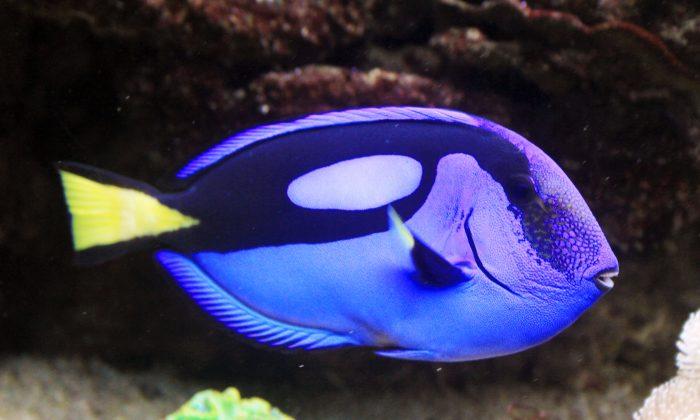In four weeks “Finding Dory” hits movie theaters. While producers have all the indications to hope it will be just as popular as its predecessor—“Finding Nemo”—some scientists have a good reason to fear it.
When “Finding Nemo” was released in 2003, the story about a dedicated clownfish searching the ocean for his son prompted many people to want a “Nemo” of their own.
The sales of clownfish spiked, while their populations on coral reefs simultaneously declined, according to researchers from the University of Queensland and Flinders University.
“What most people don’t realize is that about 90 percent of marine fish found in aquarium shops come from the wild,” said Carmen da Silva, University of Queensland PhD candidate.
About 11 million aquarium fish were imported to the United States in 2011, according to Andrew L. Rhyne, research scientist at the New England Aquarium.
Over 300,000 of them were various clownfish species, mostly ocellaris clownfish—the one Nemo was modeled after.
The imports of ocellaris clownfish increased more than 30 percent between 2004 and 2008 (post-“Finding Nemo”), Rhyne’s data shows. Imports declined again for a while after 2008 and by 2011 were only several percent higher than before the movie’s release.
But even though the Nemo fad has subsided after the spike, demand for clownfish was high to begin with, according to Saving Nemo Conservation Fund set up by da Silva.
“Over 1 million clownfish are taken from the reef every year for aquariums,” the fund’s website states. “In some areas they are now going extinct from overcollection and coral bleaching.”






Friends Read Free